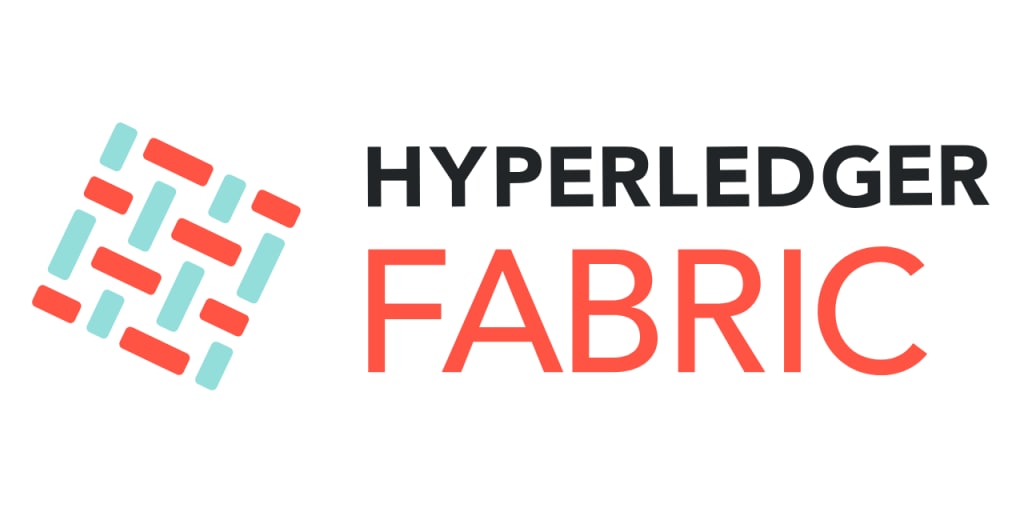A Practical Guide to Developing Blockchains with Hyperledger Fabric
The Terminal Shell Still Rules This Show

Although re-written and edited by a human being, the information in this article was generated by ChatGPT
Introduction
In the dynamic landscape of blockchain technology, Hyperledger Fabric stands out as a powerful framework for developing enterprise-grade blockchain applications. Built by the Linux Foundation, Hyperledger Fabric offers flexibility, scalability, and security, making it a popular choice for businesses seeking to implement blockchain solutions. In this article, we'll take a practical approach to understanding how to develop blockchains using Hyperledger Fabric.
Understanding Hyperledger Fabric
Hyperledger Fabric is an open-source blockchain framework designed to build private, permissioned networks for businesses. Unlike public blockchains like Bitcoin and Ethereum, Hyperledger Fabric networks are restricted to authorized participants, making it suitable for industries that require control over access and data privacy.
Key Concepts
Before diving into development, let's explore some key concepts of Hyperledger Fabric:
Smart Contracts (Chaincode): In Hyperledger Fabric, smart contracts are referred to as chaincode. Chaincode defines the business logic and rules of the blockchain network.
Channels: Channels are private sub-networks within a Hyperledger Fabric network that allow participants to transact privately and securely.
Consensus Mechanisms: Hyperledger Fabric supports various consensus mechanisms, including Practical Byzantine Fault Tolerance (PBFT), which ensures that transactions are agreed upon by network participants before being added to the blockchain.
Membership Services Provider (MSP): MSP manages the identities and permissions of participants in the network.
Development Steps
Step 1: Setting Up the Development Environment
Before you begin, ensure that your development environment is properly configured. Follow these steps:
* Install Docker: Hyperledger Fabric relies on Docker containers for various components. Install Docker on your machine.
* Install Docker Compose: Docker Compose simplifies the process of managing multi-container applications. Install Docker Compose to orchestrate your Hyperledger Fabric network.
* Install Go: Hyperledger Fabric's Chaincode (smart contracts) is typically developed in Go. Install the Go programming language.
* Install Node.js and npm: Node.js and npm are required for building applications that interact with the Hyperledger Fabric network.
Step 2: Network Configuration and Setup
* Define Network Configuration: Create configuration files like configtx.yaml to specify the organizations, peers, and orderers in your network. Additionally, create a crypto-config.yaml file to generate cryptographic material.
* Generate Certificates: Use the cryptogen tool to generate cryptographic certificates for network participants.
Step 3: Chaincode Development
* Develop Chaincode: Write the business logic of your blockchain application using Chaincode. Chaincode defines how transactions are processed and how data is updated on the ledger.
* Chaincode Structure: Each Chaincode is organized into packages containing the chaincode source code and metadata. It's essential to follow the correct structure.
* Chaincode API: Implement functions such as Init and Invoke that handle the initialization and execution of your chaincode.
Step 4: Creating and Defining Channels
* Channel Creation: Use the configtxgen tool to create channel configuration transactions. These transactions define the channels in your network.
* Join Peers: Use the generated channel configuration transactions to have peers join specific channels.
Step 5: Deploying the Network
* Define Docker Compose File: Create a docker-compose.yaml file that outlines the network components, including peers, orderers, and services.
* Start the Network: Run docker-compose up to start the network based on the configuration in the docker-compose.yaml file.
Step 6: Installing and Instantiating Chaincode
* Install Chaincode: Use the Hyperledger Fabric SDK to install the chaincode on the designated peers.
* Instantiate Chaincode: Instantiate the chaincode on a specific channel, making it ready for execution and interaction.
Step 7: Developing Client Applications
* Choose a Programming Language: Select a programming language for your client application. Hyperledger Fabric SDKs are available for languages like Go, Node.js, and Java.
* Install SDK: Install the relevant Hyperledger Fabric SDK for your chosen programming language.
* Interact with Network: Develop client applications that use the SDK to interact with the blockchain network. These applications can submit transactions, query the ledger, and interact with chaincode.
Step 8: Testing and Debugging
* Test Chaincode: Thoroughly test the chaincode logic using various scenarios to ensure its reliability and accuracy.
* Debugging: If issues arise during testing, use debugging techniques to identify and resolve any problems.
Conclusion
Hyperledger Fabric stands as a beacon of innovation in the realm of blockchain technology, offering enterprises a sophisticated framework to construct secure and scalable blockchain applications. By following the development steps outlined in this guide, you can embark on a journey that not only explores the intricacies of blockchain development but also unlocks the immense potential that Hyperledger Fabric holds for industries worldwide.
About the Creator
Kirby Clements
Providing technical insights, historical facts and cutting edge information on what is happening within the crypto industry.





Comments
There are no comments for this story
Be the first to respond and start the conversation.